Isernia, la Cattedrale, notturne
2018
You may also like
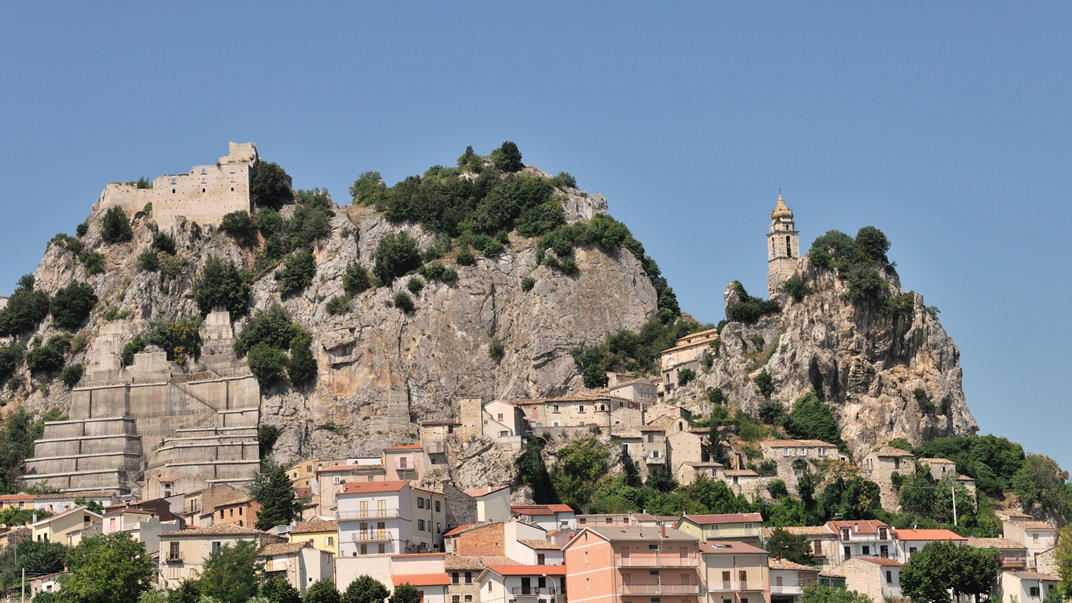
2015
Bagnoli del Trigno (IS)
Bagnoli del Trigno (Vagnuolë in molisano) è un comune italiano di 708 abitanti della provincia di Isernia in Molise. Le origini del paese sono ignote[3] e si fanno risalire a diverse leggende, secondo le quali Bagnoli sarebbe stata fondata in una da un Duca che si abbevera nelle acque del Trigno, in un'altra con la costruzione di agglomerati urbani intorno a una sorgente termale (Balneoli, da cui il nome) e infine da alcune tribù per trovare riparo dalle invasioni barbariche. Le prime notizie storiche risalgono al medioevo, quando il feudo era parte del Contado del Molise. Successivamente, dopo una serie di passaggi di proprietà anche tra signori francesi e spagnoli, diventa parte del Regno di Napoli e successivamente del Regno d'Italia. Con il novecento il paese ha visto un forte spopolamento a causa dell'emigrazione, soprattutto a Roma dove molti bagnolesi svolgono il lavoro di tassisti. Da uno studio effettuato dall'associazione "Forche Caudine" nel 2013 risulta che vivono più bagnolesi a Roma (circa un migliaio) rispetto ai residenti in paese.
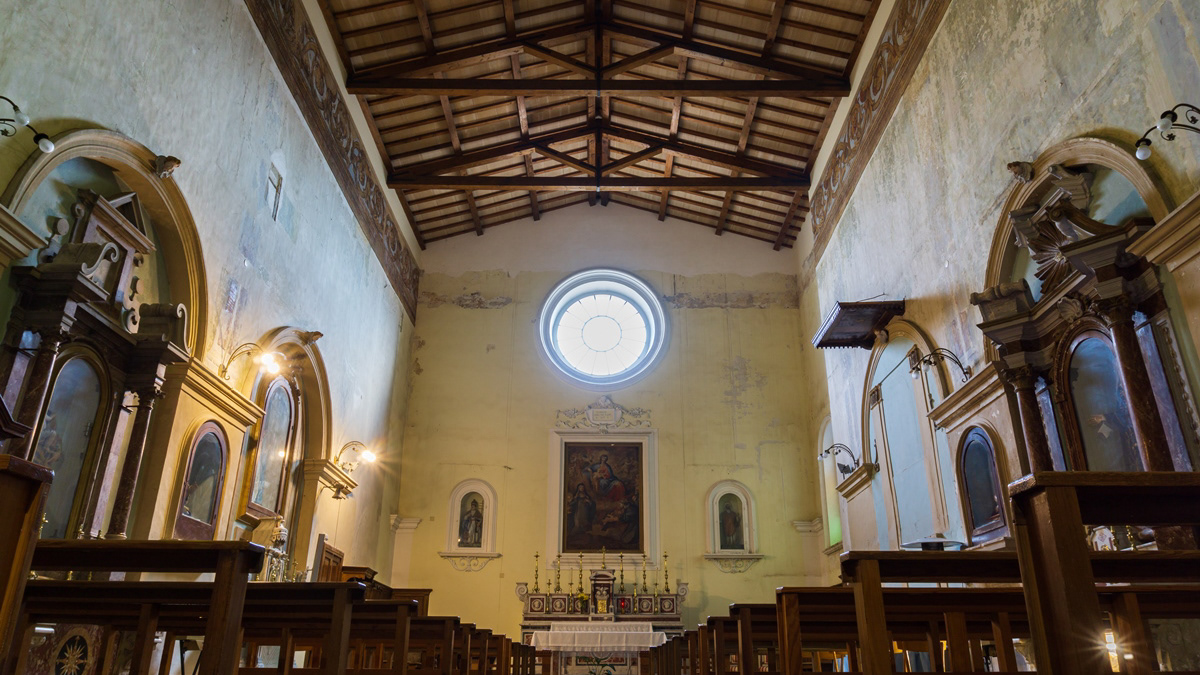
2018
Isernia - Chiesa di Santa Chiara
La chiesa di Santa Chiara, insieme al monastero omonimo, è stata fondata nel 1275. Allo stato attuale, però, non esistono più tracce dell'edificio originario. Nel 1809 il monastero fu soppresso, mentre verso la fine del secolo un terremoto danneggiò seriamente la chiesa, che per questo fu chiusa al culto; la riapertura avvenne il 10 ottobre 1910. Durante la Prima guerra mondiale, l'ex edificio monasteriale servì da alloggio a prigionieri austriaci e ungheresi. La chiesa custodisce la statua dell'Addolorata che, durante la processione del Venerdì Santo, viene trasportata dai portantini subito dietro a quella del Cristo morto.
2021
Isernia, the Cathedral
The cathedral of San Pietro Apostolo is the most important Catholic church in the city of Isernia, mother church of the diocese of Isernia-Venafro and seat of the parish of the same name. It is located in Piazza Andrea d'Isernia, in the historic center of the city and stands on an ancient Italic pagan temple from the 3rd century BC; its present appearance is the result of numerous interventions, carried out both after the numerous earthquakes, and as a result of renovation projects of the building.
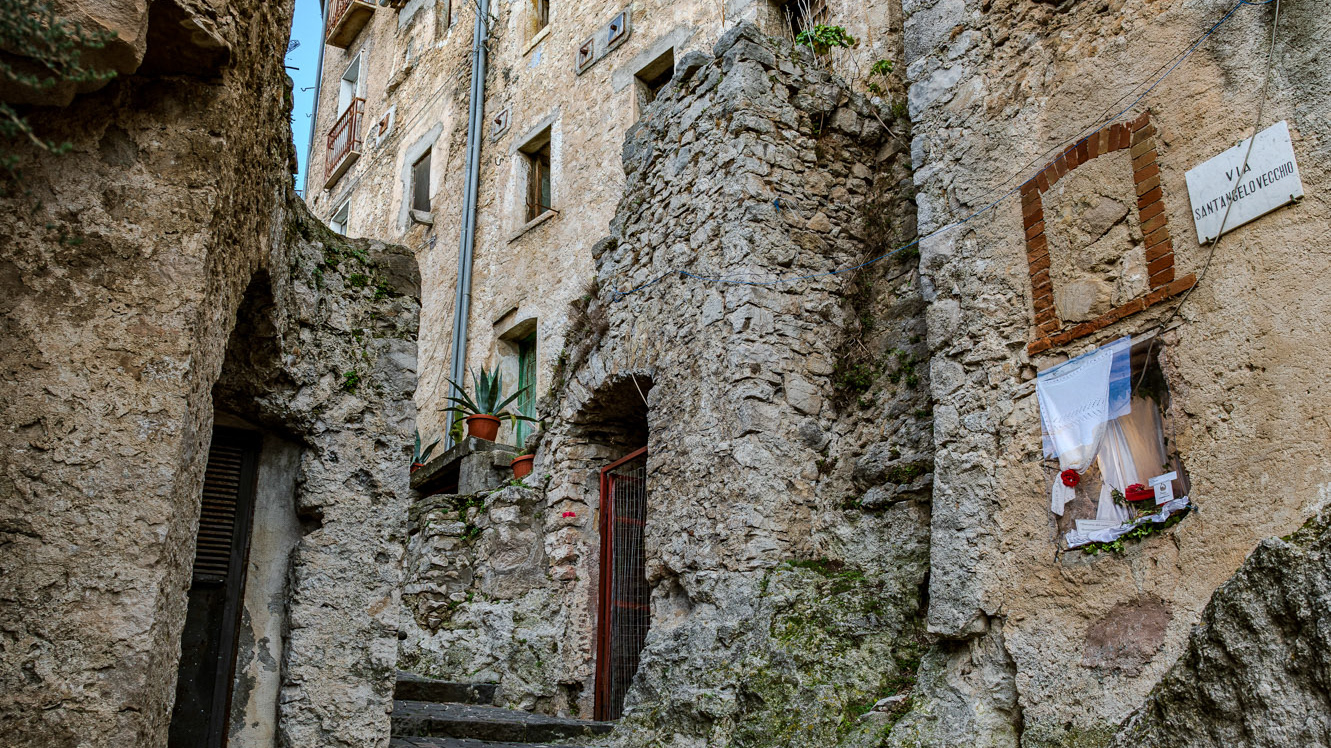
2025
Pesche. The Ancient Village
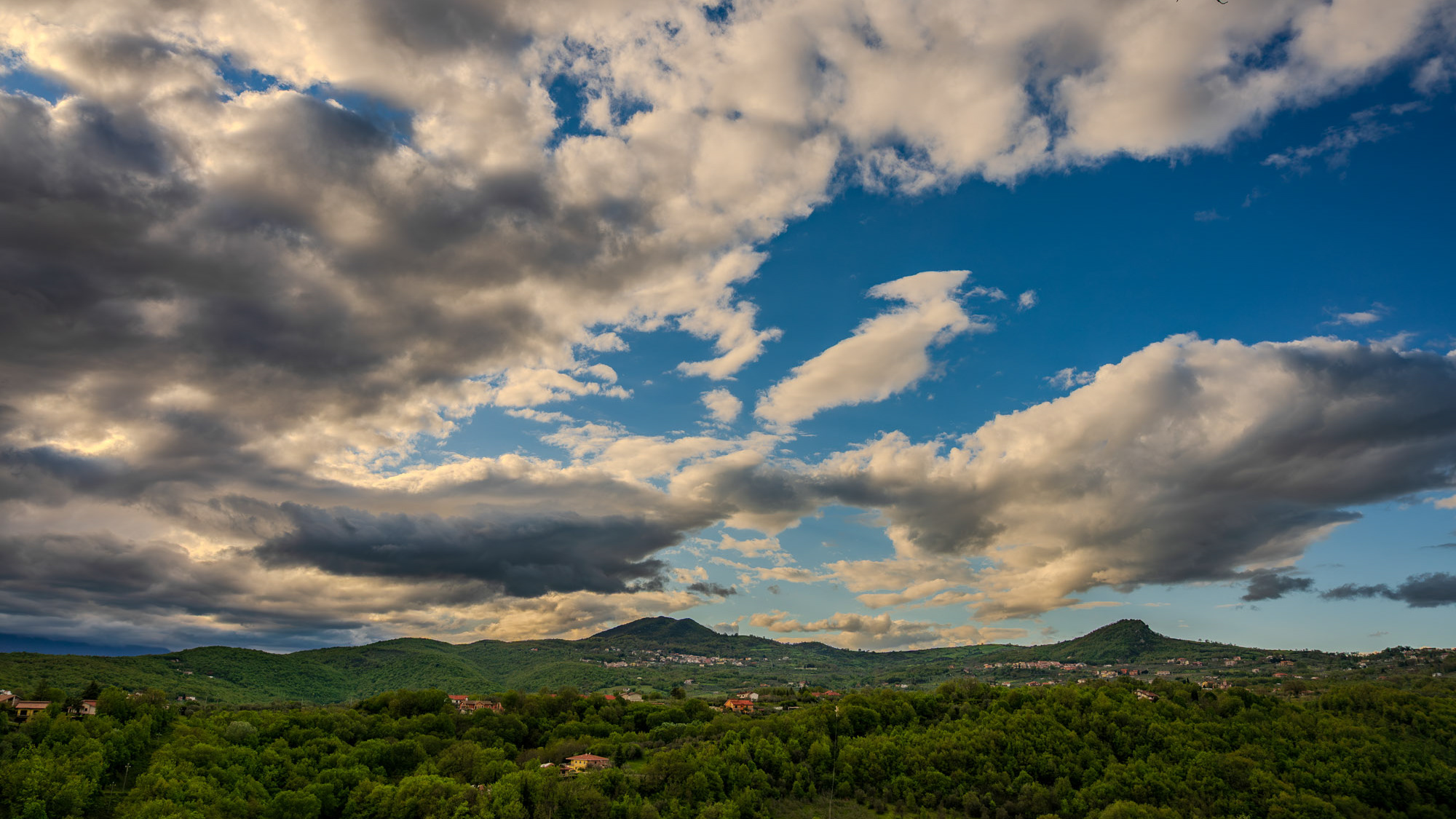
2025
Molise, spring landscape.
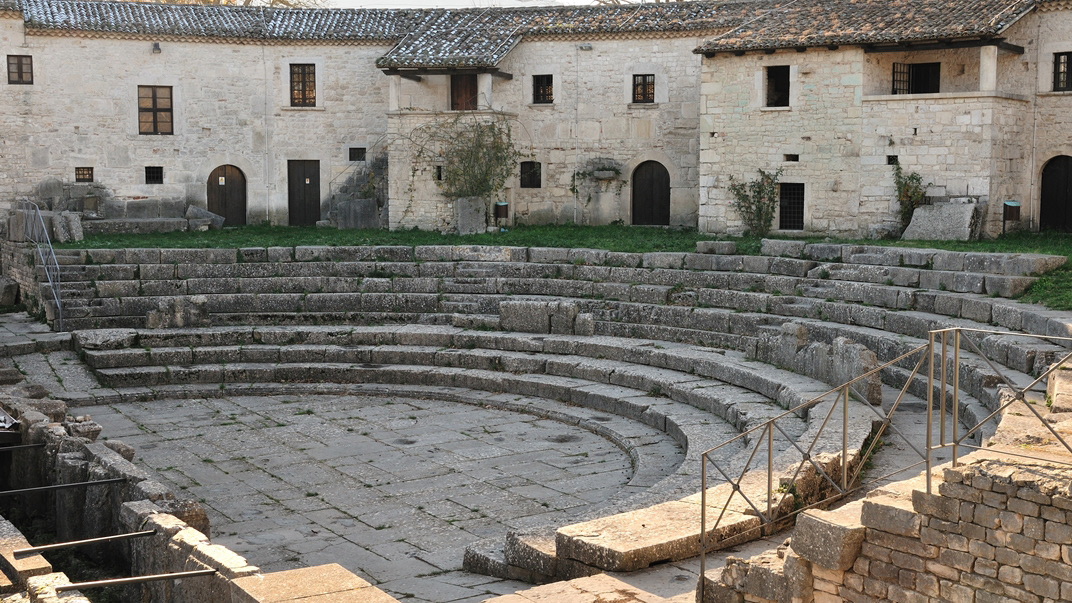
2010
Sepino (CB) - Saepinum
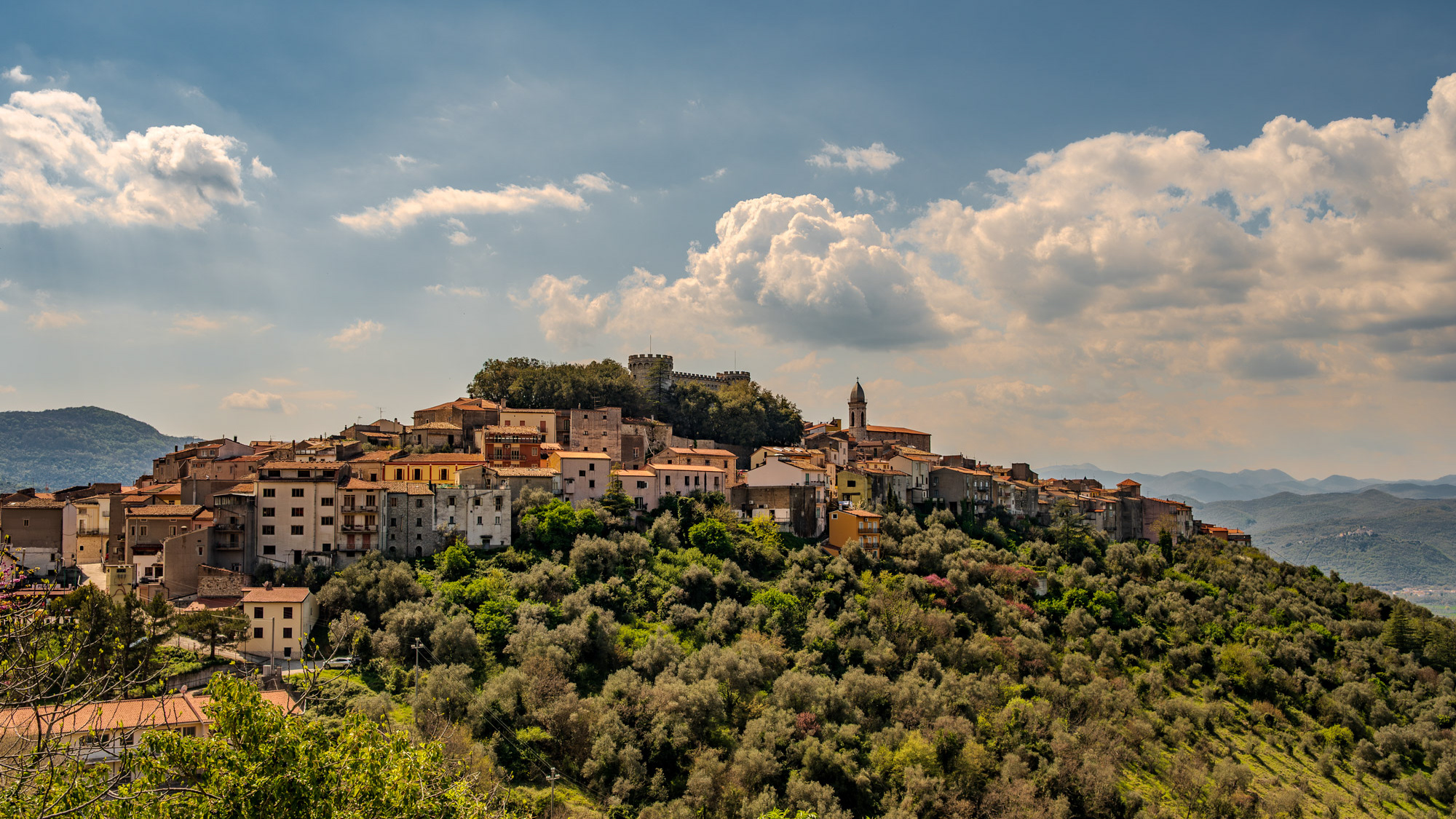
2025
Monteroduni. Spectacular spring views
Monteroduni is an Italian town in the province of Isernia in Molise. Situated on a hill at about 460 meters in a very panoramic position, it stands out for its Pignatelli Castle.
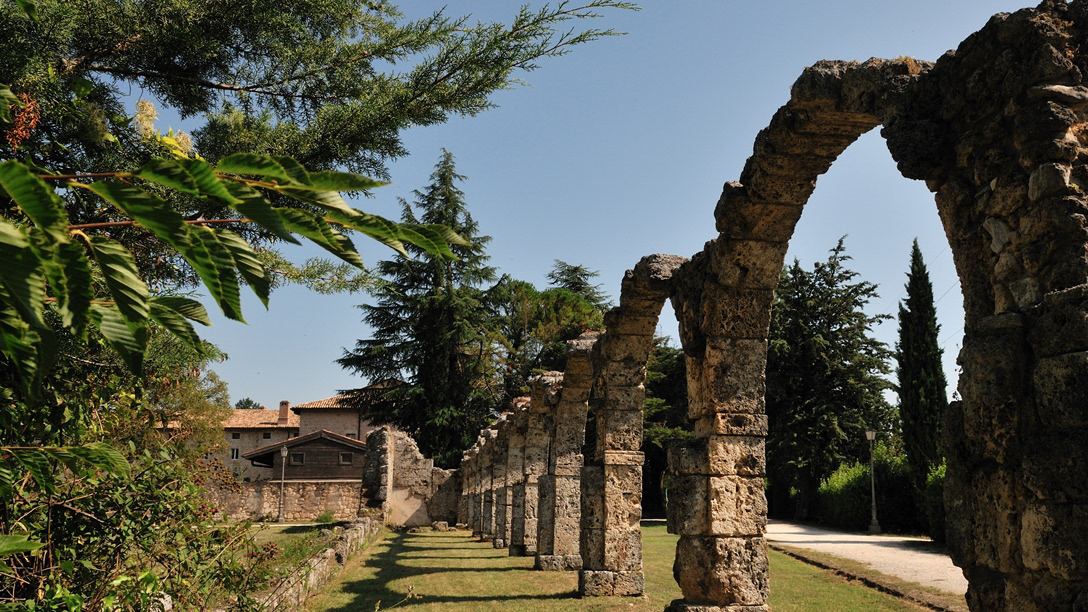
2014
Molise - Abbazia di San Vincenzo al Volturno (IS)
L'abbazia di San Vincenzo al Volturno è una storica abbazia benedettina posta nel territorio dei comuni di Castel San Vincenzo e di Rocchetta a Volturno in Provincia di Isernia, nell'Alta Valle del Volturno
2022
The Church - cave of St. Michael the Archangel
The Grotta di San Michele Arcangelo, rebuilt and enlarged in 1890 on the remains of the ancient church. In it the pilgrim can experience the link between man and nature.
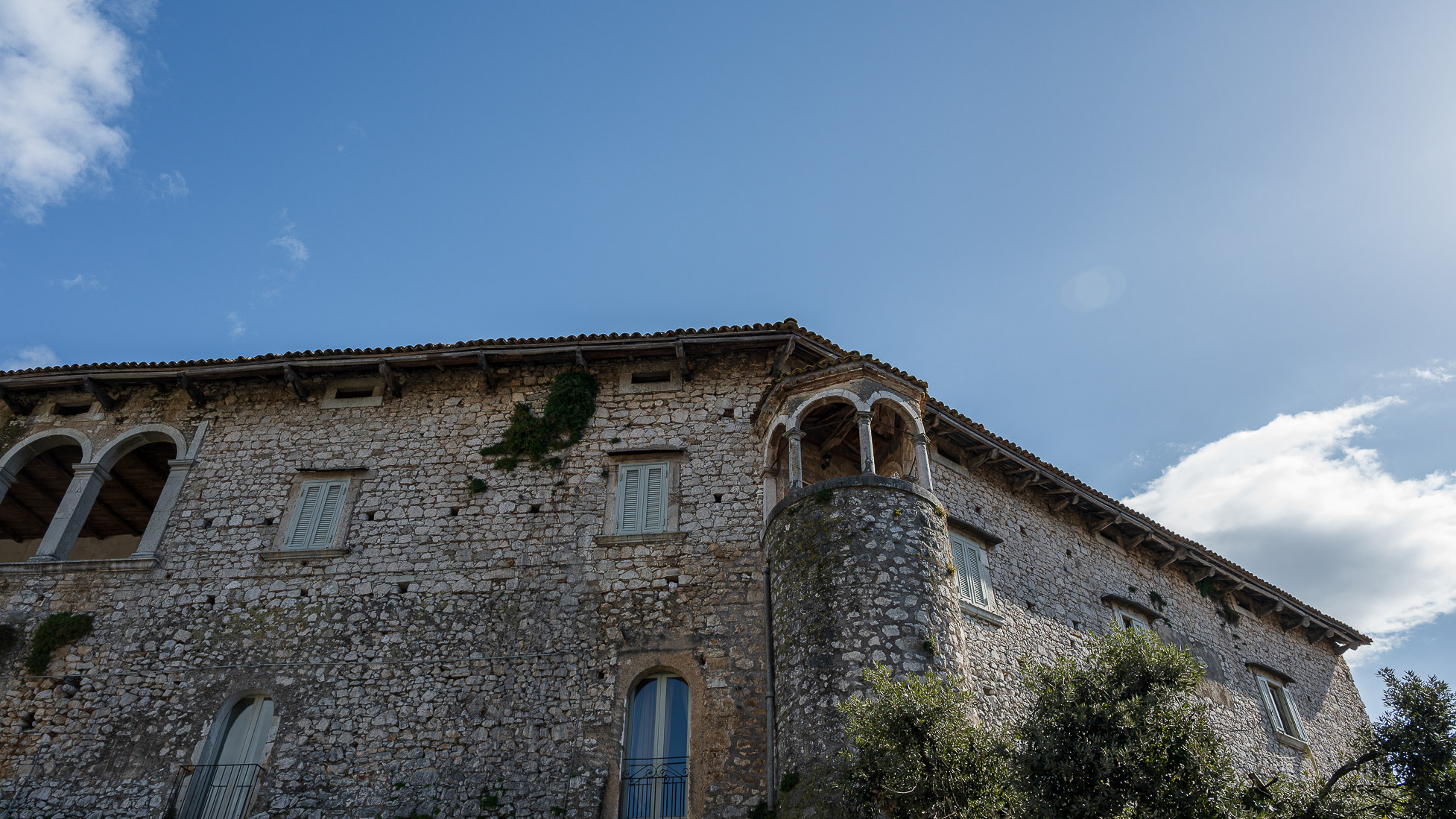
2023
Macchia d'Isernia. Baronial castle D'Alena. View
Baronial castle of Alena: the castle occupies a substantial portion of the ancient circular village. It was built around 1100 by Clementina, daughter of Roger II Norman, king of Sicily, when the feud was part of the county of Ugone del Molise. The garrison passed into the hands of the Anjou, the Afflitto and the Rotondi barons. In 1480 it was restored in Renaissance style as a patrician residence, purchased by Giovanni Donato della Marra, who was count of Macchia. In 1748 the castle was sold to Maria Grazia Rotondi, then given to Nicola d'Alena. Celeste d'Alena was baroness of Macchia, married to the Frisaris, counts of Bisceglie and patricians of Castel San Vincenzo. The façade of the building dominates the square in front of the village, embellished by a Renaissance loggia with round arches. The first part of this loggia dates back to the Aragonese era, with a roof resting on 5 small arches. The rest of the castle is spread over 3 levels, of which the highest is the attic. In the internal courtyard, the beautiful Renaissance staircase with the colonnade stands out, which leads to the main floors. On the ground floor there are cellars, stables and servants' rooms. The upper floor was the residence of the nobles, with various rooms, including the private chapel with various relics. In 1984 the castle was extensively restored, being brought back to its eighteenth-century splendour.
